The site of Fairntosh was originally part of the Stagville Plantation, owned by the Bennehan family. After Duncan Cameron married Rebecca Benneham in 1803, the couple lived at Rebecca's homeplace, Stagville for several years before beginning building their own house in 1810. Cameron had previously built a house and law office for himself in Hillsborough in ~1801, but sold this in 1807.
Fairntosh began with the gift of 300 acres from Richard Bennehan to Duncan Cameron, evidently for the express purpose of building a house. The house was initially called Woodvill(e) by the Camerons, but by 1813 they seem to have settled on Farentosh/Fairntosh - after the birthplace of the Reverend John Cameron in Scotland. They appear to have moved to the house ~1811, and certainly by 1813.
The kitchen building was added in 1814. Piazzas and colonnades were added by 1817, and a chapel, named Salem, was built in 1825-6. Numerous farm buildings, overseer houses, houses of enslaved people, and other buildings were added during the mid-19th century.
With the death of Richard Bennehan, Stagville passed to Thomas Bennehan. Duncan Cameron was clearly the manager of the large plantation by that time, and Fairntosh was its epicenter. The Camerons continued to acquire land during the entire 19th century, and the plantation encompassed ~30,000 acres by 1890.
While only a portion of this land was farmed, it obviously took a great deal of labor to sustain the business of the plantation, which was provided primarily by enslaved people. Paul Cameron, Duncan's son, held a large number of enslaved people, ranging from ~600 to approximately 900. They farmed wheat, corn, oats, potatoes, cotton, and tobacco and also raised sheep and cattle.
A general renovation and reconstruction of the buildings occurred in the 1850s, including renovations of Fairntosh the construction of houses and the big barn at Horton Grove.
After emancipation and Reconstruction, the houses and farm fell into some disrepair. Duncan Cameron - this one being Paul's son - began to adapt the farm to a system that did not rely on slavery, and began to refurbish the buildings. Duncan, however, died in 1886 from cancer - before his father Paul, who died in 1891.
When Paul died, the massive plantation splintered, but Bennehan Cameron, who had lived at Stagville during the 1880s, inherited the tracts of land with Stagville and Fairntosh on them. After his brother Duncan's death, he came to live at Fairntosh.
Bennehan, like his father and grandfather, trained as a lawyer, and soon veered into politics. The rise of Durham to the southwest brought him into business ventures there. By 1897, he had moved to Raleigh, and Fairntosh remained, as Stagville, under the guidance of an overseer. Presumably there were tenant farmers and hired labor who tended to horses, livestock, and crops.
Bennehan died in 1925. Fairntosh and Stagville languished during the mid-20th century, falling again into disrepair.
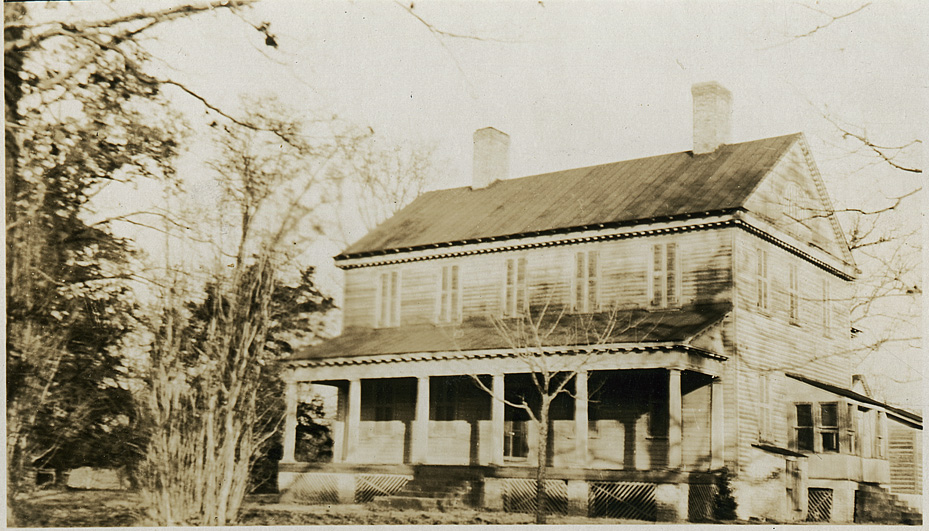
Fairntosh, undated, but likely 1920s.
(Courtesy Duke Rare Book and Manuscript Collection - Wyatt Dixon Collection)
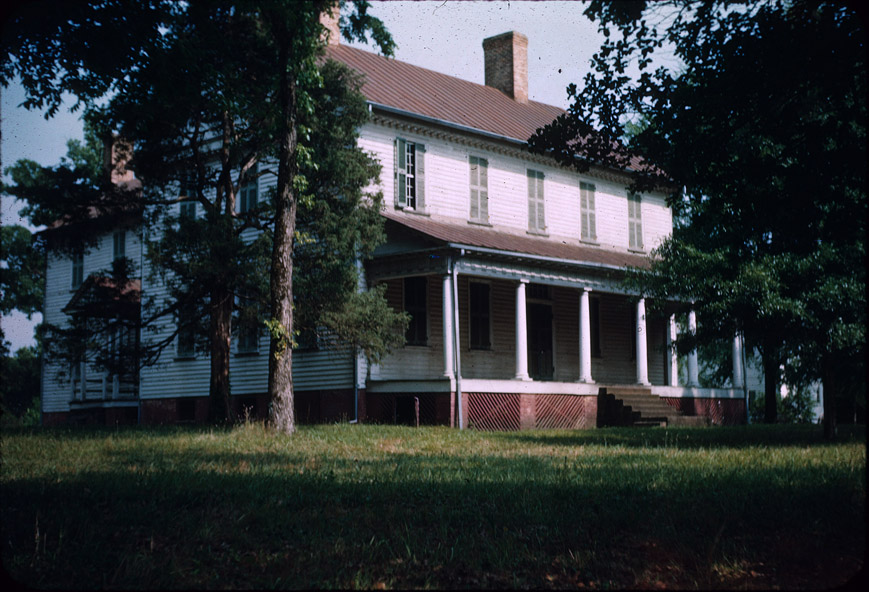
Fairntosh, June 1957
(Courtesy Duke University)
Fairntosh, then 3600 acres, came into the hands of Cameron's daughter, Sally Labouisse, who renovated the house during the 1950s.
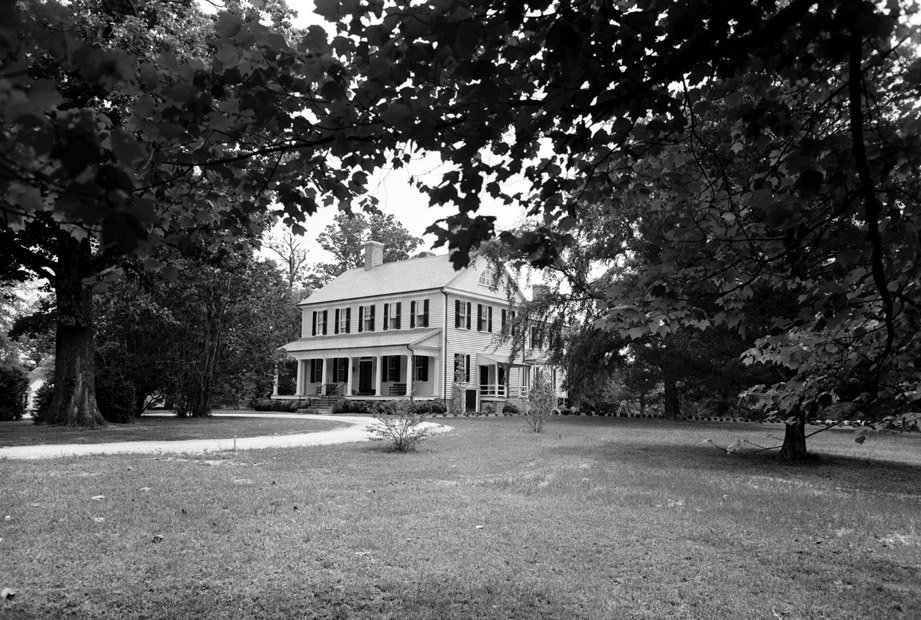
Fairntosh, late 1950s
(Courtesy The Herald-Sun Newspaper)
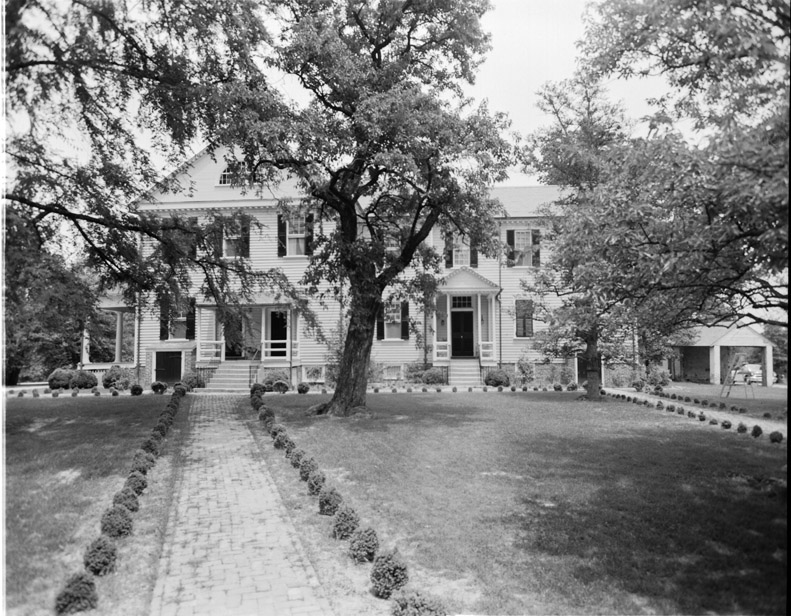
Fairntosh, late 1950s
(Courtesy The Herald-Sun Newspaper)
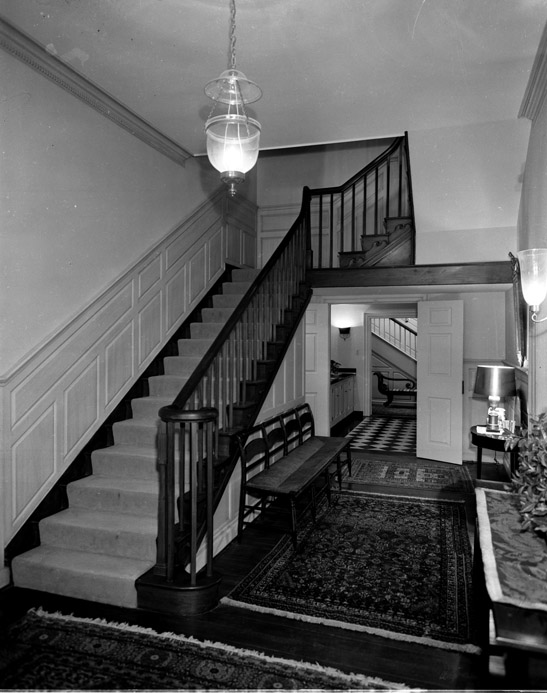
Fairntosh, late 1950s
(Courtesy The Herald-Sun Newspaper)

Fairntosh, late 1950s
(Courtesy The Herald-Sun Newspaper)

Fairntosh, late 1950s
(Courtesy The Herald-Sun Newspaper)

Fairntosh, 1978.
(Courtesy The Herald-Sun Newspaper)

Fairntosh, 1978.
(Courtesy The Herald-Sun Newspaper)
She sold the property to William McFarland in 1974. Sometime thereafter it came into the possession of Terry Sanford, Jr.; I don't know the history of the development of Treyburn, but all of Treyburn was once part of the Stagville-Fairntosh plantation, and I assume that Sanford acquired Fairntosh and the land at the same time. As of ~2005, Sanford, developer of Brightleaf Square and the Erwin Mill/Erwin Tower, still lived at Fairntosh.

(Courtesy Preservation North Carolina)

(Courtesy Preservation North Carolina)

(Courtesy Preservation North Carolina)
The sign out front was rather uninviting, so I don't have any present-day pictures of the house, which isn't visible from the road. I've tried numerous methods to contact Terry Sanford to ask permission to take present-day photos, but those requests have gone unanswered. (Eventually it got back to me that Mr. Sanford objected to Fairntosh being included on the original version of this site, called "Endangered Durham," as his house was "not endangered.")

(G. Kueber)

(G. Kueber)